Educating Bartenders Worldwide.
By Beverage Trade Network
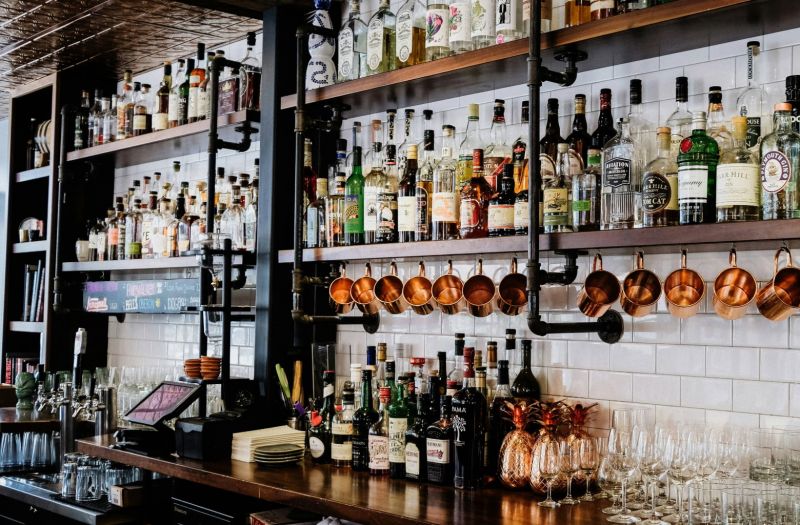
Cocktail modifiers are the secret ingredients that elevate a drink from ordinary to extraordinary. For bartenders and beverage professionals, mastering these versatile ingredients is essential to creating well-balanced, memorable cocktails. In this article, Bartenders Business explores 15 key cocktail modifiers that can enhance flavors, add complexity, and transform classic drinks into innovative creations. From vermouth’s herbal notes to the zesty brightness of orange bitters, these ingredients are indispensable behind the bar.
Also read: The Secret Ingredient: How to Use Ice to Elevate Your Cocktails
[[relatedPurchasesItems-31]]
A backbone of countless classic cocktails, vermouth is a fortified wine infused with an array of herbs and spices. Available in dry and sweet styles, it offers remarkable versatility behind the bar. Dry vermouth, with its crisp and floral profile, pairs effortlessly with gin in martinis, while sweet vermouth, known for its spiced and herbal notes, shines in Manhattans and Negronis. Whether used as a mixer or sipped as an aperitif, vermouth’s nuanced flavor and slightly elevated alcohol content make it a staple in mixology.
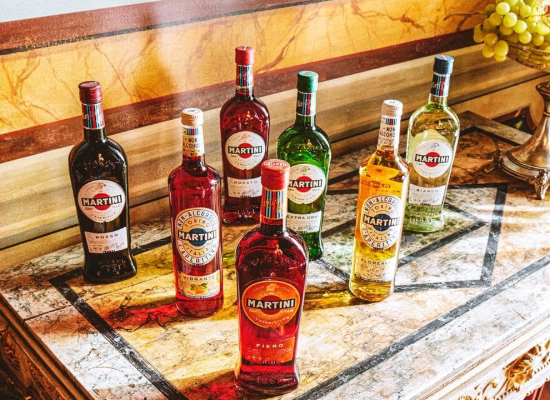
Image: Martini & Rossi Vermouth
Orange bitters are a flavorful blend of dried orange zest and spices such as gentian root, cinnamon, cloves, ginger, and coriander. They bring a zesty, aromatic kick to cocktails, particularly enhancing white spirits like gin. Orange bitters are an essential ingredient in classic cocktails such as the original martini, where they add a touch of complexity and brighten the flavors of gin and white vermouth. They also pair well with tropical cocktails like margaritas and daiquiris or can be added to whiskey and bourbon for extra depth. Their balanced combination of citrus and spice adds a unique twist to a variety of drinks.
Offering a burst of citrus brightness, triple sec is a colorless, orange-flavored liqueur with roots in 19th-century France. Made from a blend of sweet and bitter orange peels, this triple-distilled liqueur is essential in iconic cocktails like Margaritas and Cosmopolitans. The term "triple sec" refers to both the distillation process and its dry, balanced flavor, which adds depth and complexity to mixed drinks. Beyond cocktails, triple sec’s versatility extends to culinary applications, enhancing everything from desserts to marinades.
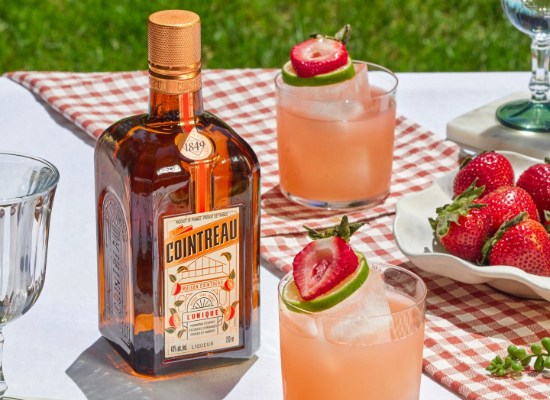
Image: Cointreau L'Unique
The distinctive flavor of elderflower liqueur comes from handpicked elderflowers harvested in the spring from the French Alps. These flowers are quickly macerated in grape-neutral spirit to preserve their delicate essence. The resulting liqueur is sweet, yet balanced with floral and citrus notes, such as lemon zest, along with subtle hints of passionfruit and pastry. Its versatility makes it a popular addition to many cocktails, pairing well with spirits like vodka, gin, and tequila. The liqueur adds a refined, aromatic touch to drinks, making it a favorite for crafting sophisticated cocktails.
Amaro is a bittersweet herbal liqueur that encapsulates the essence of Italian craftsmanship, blending herbs, spices, citrus peels, and flowers into a complex drink that spans a variety of flavor profiles. Often enjoyed as an aperitif or digestif, it is made by infusing an alcoholic base with botanicals and sweeteners, then aging the mixture. The range of amari is vast—from light and citrusy to intensely herbal and bitter, with each region offering a unique twist. Whether sipped neat or used in cocktails, amaro is a versatile modifier that adds depth and richness to any drink.
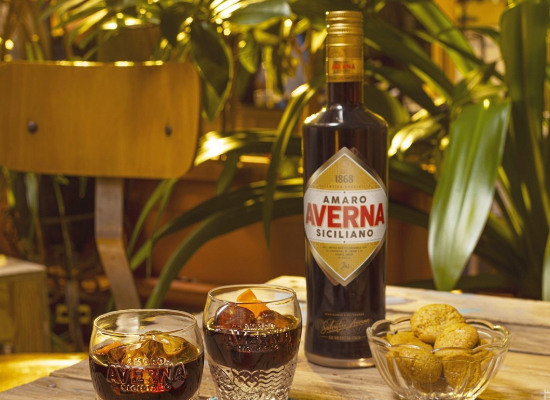
Image: Averna Amaro
A rich and fruity French liqueur, Crème de Cassis is made from blackcurrants, offering a unique balance of sweetness and tartness. Its deep purple color and smooth texture make it a versatile addition to cocktails, such as the iconic Kir, or desserts. The production process involves soaking blackcurrants in alcohol and adding sugar, then allowing the mixture to age and develop its flavor. Originally from Burgundy, Crème de Cassis dates back to the 16th century and gained popularity in the 19th century. It’s available in two distinct varieties, Crème de Cassis de Dijon and Crème de Cassis de Bourgogne, each with its own Protected Geographical Indication.
Often used in classic cocktails, this cherry-flavored liqueur offers a complex taste with a blend of bitterness and subtle sweetness. Originating from the Dalmatian region of Croatia, maraschino is made from marasca cherries, known for their sourness. The liqueur is crafted through maceration, including the cherry pits to impart a slight almond flavor. Unlike many sweet liqueurs, maraschino is less sugary and carries a dry, almost crisp profile. It's an essential ingredient in cocktails like the Aviation and the Last Word, where its unique flavor shines through.
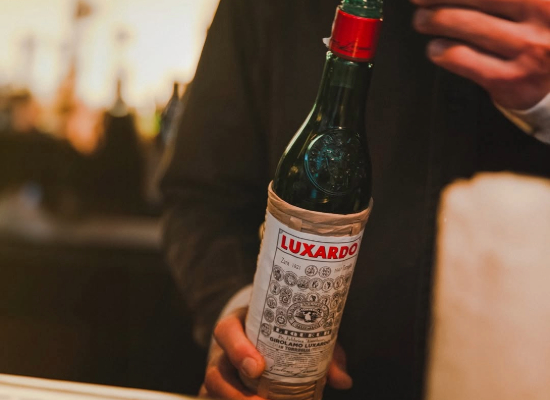
Image: Luxardo Maraschino Liqueur
Angostura Bitters is the world’s oldest and top-selling bitters brand, known for its iconic oversized white label and bright yellow cap. Created in 1824 by Dr. Johann Siegert in Angostura, Venezuela, it was initially developed as a medicinal tonic for stomach ailments. However, its complex blend of 40 spices and botanicals found a new purpose when Dr. Siegert’s sons, after relocating to Trinidad, discovered its ability to enhance cocktails and dishes. Angostura’s secret recipe remains tightly guarded, with only a handful of individuals knowing the exact ingredients. This aromatic bitters is essential in classic cocktails like the Old Fashioned and Manhattan.
Also read: Bartenders: The Art of the Garnish
This powerful spirit is crafted from a combination of fennel, anise, and wormwood, creating a flavor profile that’s both herbal and intense. With an alcohol content that can range from 90 to 179 proof, absinthe is notably stronger than typical liquors like vodka or whiskey. When enjoyed, absinthe is traditionally diluted with water to soften its intense strength. While some may draw comparisons to licorice, absinthe's flavor is more complex, featuring a distinctive bitterness and dryness rather than the sweetness often associated with licorice candy. This unique profile makes it a sought-after ingredient in cocktails like the Sazerac or the classic Absinthe Drip.
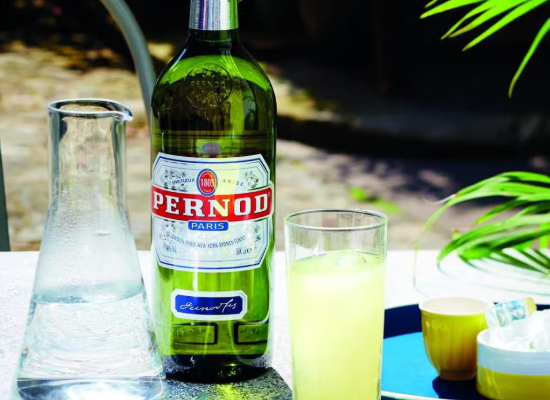
Image: Pernod Absinthe
A spiced sweetener that brings complexity to tropical and tiki-style cocktails, Falernum is available in both alcoholic and non-alcoholic forms. The liqueur, typically made with a rum base, offers vibrant notes of ginger, lime, clove, and almond. The syrup variation is similar but uses a simple syrup base instead of rum. Often used in cocktails like the Mai Tai and Zombie, Falernum adds depth with its blend of flavors, and while some people choose to make their own, store-bought versions tend to have a more balanced alcohol content. It’s a key ingredient for crafting exotic, flavorful drinks.
This vibrant syrup, traditionally made from pomegranate juice, sugar, and a touch of acidity, adds a balance of sweetness and tartness to a variety of beverages. It's a go-to ingredient for bartenders seeking to enhance both the flavor and visual appeal of cocktails. Unlike other sweeteners like simple syrup, grenadine offers a delightful tang, elevating drinks in ways that other syrups cannot. High-quality grenadine, with pomegranate juice as its primary ingredient, is ideal for adding both rich flavor and a beautiful maroon hue to cocktails.
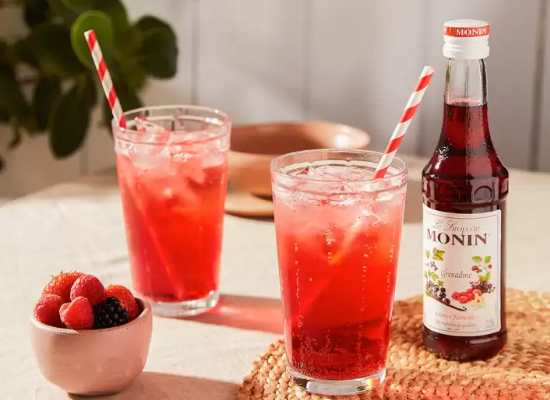
Image: Monin Grenadine
This nutty, milky syrup brings an unexpected depth to Tiki-inspired cocktails like a Mai Tai or rum punch. Traditionally made from almonds and orange flower water, orgeat is lightly floral and subtly sweet, offering more complexity than simple sugar syrup. The process of making orgeat often involves steeping nuts in syrup or infusing a nut milk with sugar, resulting in a thick, pale syrup with a delicate fragrance. While almond is the most common nut used, variations can include hazelnuts, macadamia nuts, and spices such as cinnamon and clove. Beyond cocktails, orgeat adds a lovely sweetness to fruit, cakes, and ice cream, elevating everything it touches.
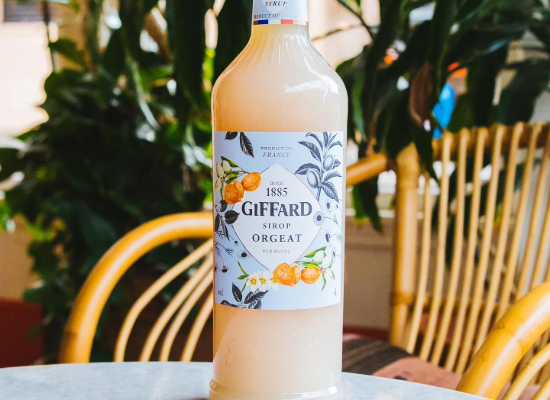
Image: Giffard Orgeat Syrup
Chartreuse is a distinctive French liqueur, crafted from 130 herbs and botanicals. First produced by Carthusian monks in 1737, its recipe remains a closely guarded secret. The liqueur comes in two versions: Green Chartreuse, made from a sugar-beet spirit, and Yellow Chartreuse, which uses a grape-based spirit. Green Chartreuse is known for its potent herbal, woody, and slightly medicinal flavor, with an ABV of 55%. Yellow Chartreuse is milder, sweeter, and carries honey and saffron notes, with an ABV of 40%. Both versions are aged in French oak barrels, and their colors—green from chlorophyll and yellow from saffron—are completely natural.
A tangy and sweet Italian liqueur, limoncello is made from lemon zest, offering a burst of citrusy brightness. Originating from southern Italy, particularly the Amalfi Coast and Sicily, it’s traditionally served chilled as a digestif. Limoncello is made by steeping organic lemon zest in high-proof grain alcohol, which extracts the lemon oils. After blending with simple syrup, the mixture is aged for a smooth, mellow flavor. With an alcohol content between 24% to 32%, it’s also used in cocktails like the limoncello spritz or as a flavoring in desserts such as sorbet, ricotta cake, and cookies.
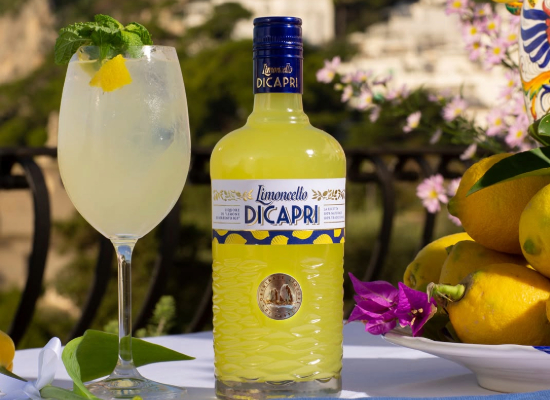
Image: Limoncello di Capri
Known for its deep brown color and rich flavor, coffee liqueur is a sweet, coffee-infused spirit often used in cocktails and desserts. Made by blending coffee beans with a base alcohol like vodka or rum, along with sugar, it delivers a smooth, bittersweet taste. Commonly associated with the brand Kahlúa, this liqueur can be enjoyed straight, stirred into coffee for an extra kick, or mixed into classic cocktails such as the Espresso Martini. Additionally, flavored varieties, such as chocolate, caramel, and hazelnut, are available to add a creative twist to your drinks or treats.
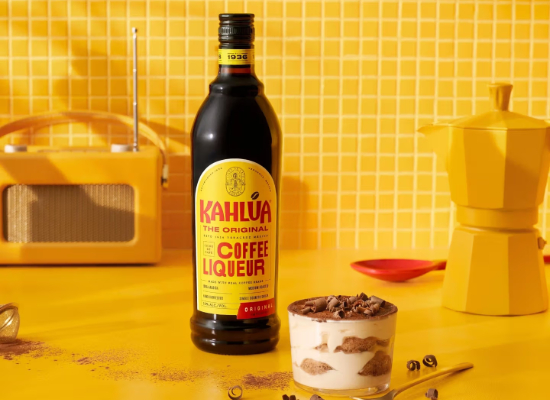
Image: Kahlúa Coffee Liqueur
Cocktail modifiers are the unsung heroes of mixology, offering bartenders and beverage professionals a powerful way to craft unique and memorable drinks. From the bittersweet complexity of amaro to the vibrant citrus notes of limoncello, these versatile ingredients bring depth, balance, and character to every cocktail. By mastering the use of modifiers like vermouth, grenadine, and orange bitters, you can elevate your drink-making skills and create a menu that stands out. Explore these essential tools to enhance your cocktail creations and keep your bar program innovative, exciting, and tailored to modern tastes.
Header image sourced from Unsplash
Related Links
How To Build A Cocktail List That's Good For Business
15 Advanced Mixology Techniques for Unforgettable Cocktails